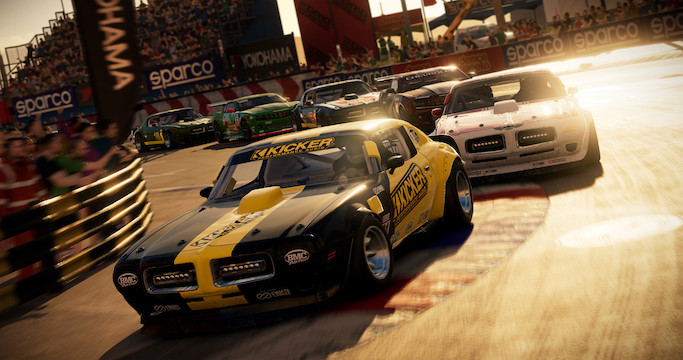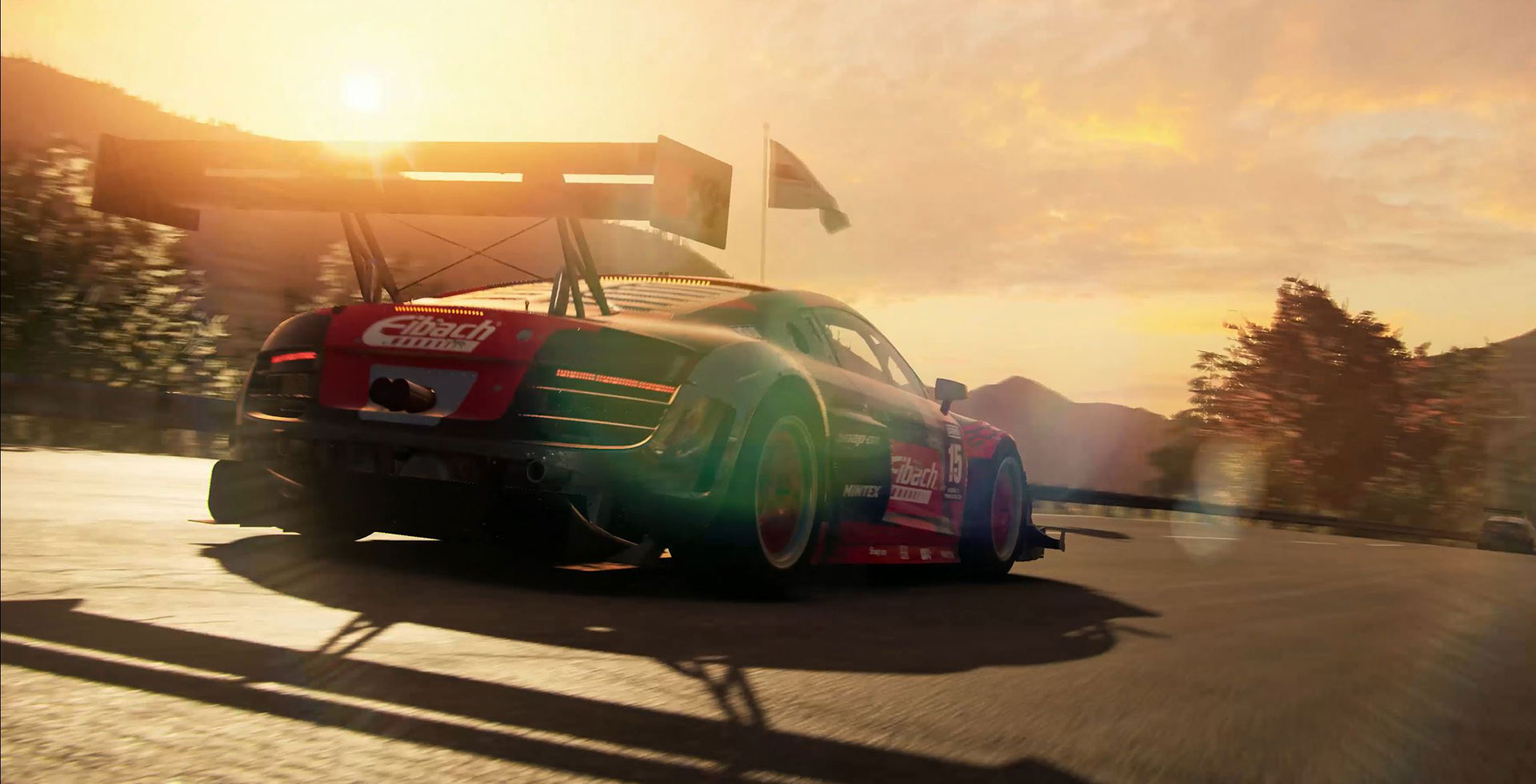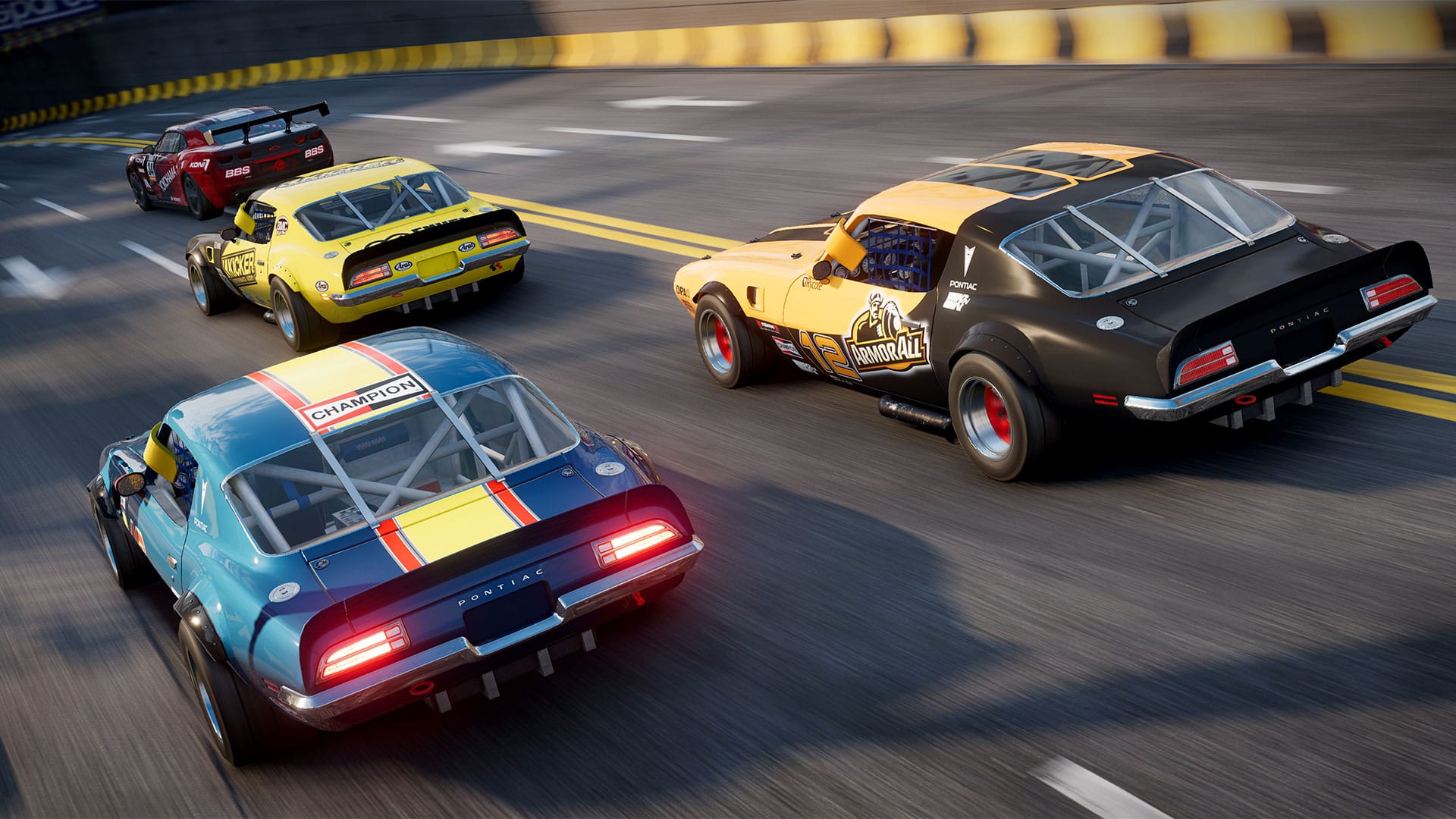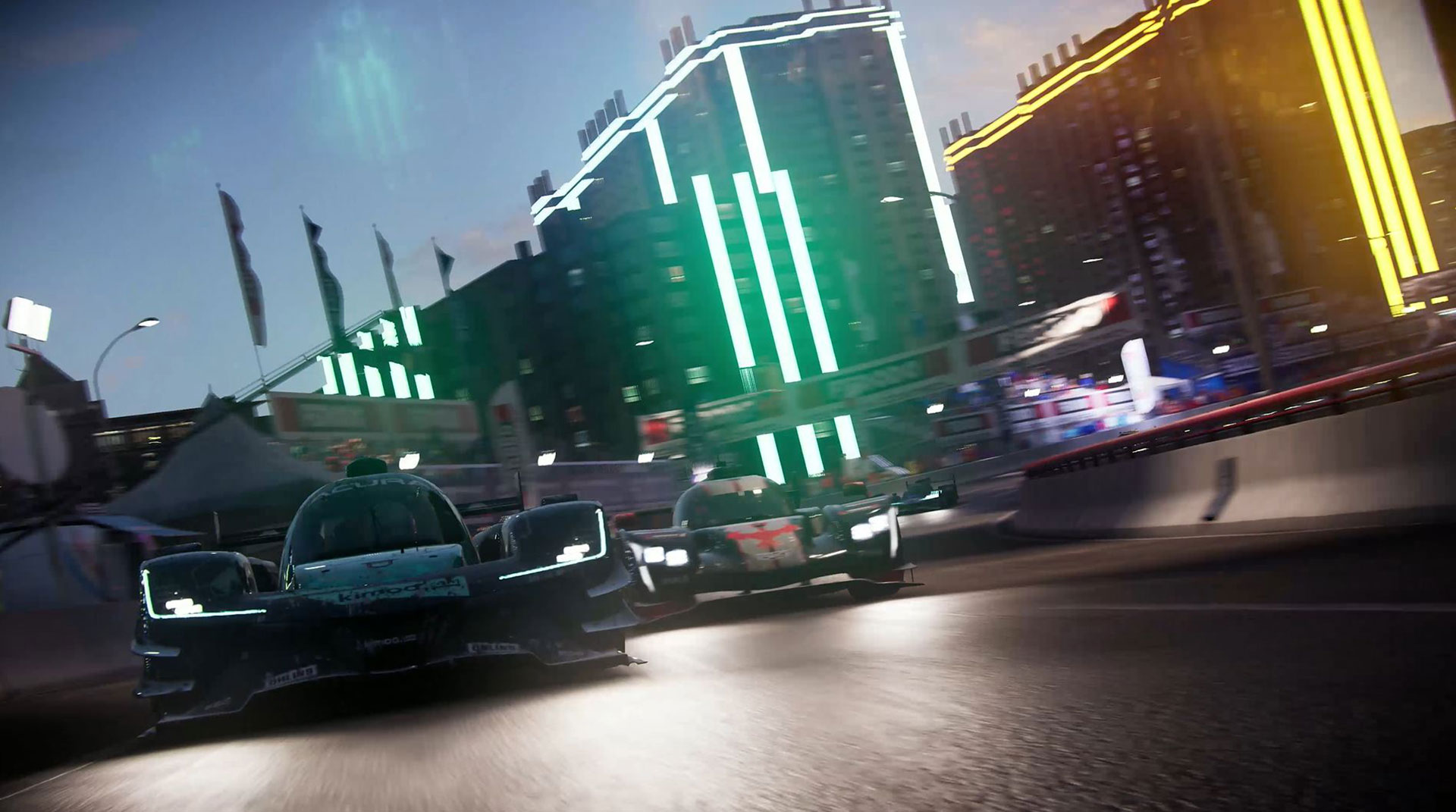It’s gotta be tough developing racing games in 2019. Forza, Forza Horizon, Assetto Corsa, iRacing, and Gran Turismo, all have virtually cornered the market. Each one appeals to racing fans in different ways.
From the most casual fan who loves to powerslide around corners (Forza Horizon) to hardcore fans that want in-depth, fine-tuned experiences (iRacing, Assetto Corsa), it seems like racing games have everything covered.
In such a crowded field, with so many franchises jockeying for position, the bar for quality is incredibly high. Unfortunately, the hotly-anticipated GRID reboot can’t keep up with the pack.
Grid Review: Under The Hood
Codemasters has made its all-new AI systems a huge selling point for GRID. The developer claims they’ve crafted a new system by which AI racers are more realistic, featuring personalities that are more aggressive and mistake-prone, as well as racers that are more defensive and stick to the racing line.
In my time with the game, I’ve found this to be generally true, but my favorite moments with the AI come courtesy of the new Nemesis system. Suffice it to say, it introduces a layer of rubberbanding for AI racers that makes contests much more interesting.
Nemeses are a whole lot harder to pass than your average racer, will delight in nudging your back wheels to make you spin out mid-corner, and generally provide the kind of jerkwad-rival experience that makes you revel in finally passing them. Overall, it’s an increased challenge over what’s found elsewhere in the genre.
When it comes to driving, GRID is pointedly more Forza than Assetto Corsa. It’s not arcadey, but it is more forgiving than some of the more intense sim racers out there. A loss of traction doesn’t necessarily mean you’ll spin out, and a rewind function means that when you do screw up, you can generally undo your worst mistakes.
Of all the racing games I’ve played, GRID is one of the few that has succeeded in simulating the hazards of weather, glare, and night racing. Standing water actually feels dangerous, and it pools realistically in rainy scenarios. At the same time, glare complicates chasing the sunset on a long straightaway, and night poses similar obstacles. You really have to be on your toes when racing through the game’s wide variety of courses, even it does take its time showing them to you.
Legendary racetracks like Brands Hatch join lovingly created custom courses on the streets of Barcelona, Havana, and Shanghai, giving racers numerous locales in which to race.
The lights of Shanghai at night are mesmerizing, and the idyllic atmosphere of the hill climb in Okutama, Japan, is something out of an Initial D episode. It’s a shame, then, that the vast majority of these tracks are circuits with precious few point-to-point races.
Keeping The Pace
The actual racing in GRID is solid, fun, and rewarding. Unfortunately, in this crowded field, that isn’t enough.
GRID offers only three ways to play: a quick custom local race, online multiplayer, and an incredibly disappointing career mode. This is where the real problem with GRID comes into focus.
Technical games like iRacing and Assetto Corsa (among many others) pride themselves on granularity. You can tune everything from tire pressure to roll-bar tension to weight distribution. Specificity and granularity are part of the game, and this makes up for the fact that most of the time, these games don’t really have epic, story-based career modes full of cutscenes and gripping drama.
Forza and Gran Turismo try to split the difference by peppering races with cutscenes and voiceovers, and it’s a big part of why they’re so popular.
Finally, you have your Forza Horizons and Burnouts, where there’s an open world, a storyline told through cutscenes, or some other throughline to keep racers engaged through the more arcadey experience.
There’s nothing wrong with any approach, specifically because each caters to a different audience. The problem with GRID is it isn’t granular enough to justify the fact that there really isn’t a strong progression path to follow.
Sure, there are multiple racing disciplines to follow, including the Fernando Alonso esports discipline, but there’s no specific introduction to each. There’s no flash. After the tutorial, you’ll spend the majority of your time with the game picking a race, and just racing.
And again, that wouldn’t be a problem if GRID offered the deep customization options and tuning that come with its competitors in the hardcore racing arena.
At launch, GRID only features 70 cars, meaning many legendary cars (the exclusion of the Mazda Miata is a cardinal sin to me) are absent. Tuning, as far as I can tell, is relegated to four different generic sliders. Car modification is restricted to picking from a list of liveries that unlock as the game goes on. There are no physical mods to be had, and a handful of the cars have their liveries locked from the start.
Grid Review — The Bottom Line
Pros:
- Great racing mechanics
- The AI is stellar, and the nemesis system is legitimately great
Cons:
- A lack of depth in the career mode makes it tough to recommend for casual racers
- A lack of depth in tuning and modification makes it tough to recommend for hardcore racers
- Only 70 cars
The tragedy here is that GRID is a more-than-capable racer. But when the field is so crowded, it’s hard to recommend the game over the latest Forza Horizon or even Gran Turismo Sport. There’s just not enough there to hook casual players, and there’s not enough depth to keep hardcore racers coming back for more.
[Note: A copy of GRID was provided by Codemasters for the purpose of this review.]













Published: Oct 7, 2019 01:29 pm